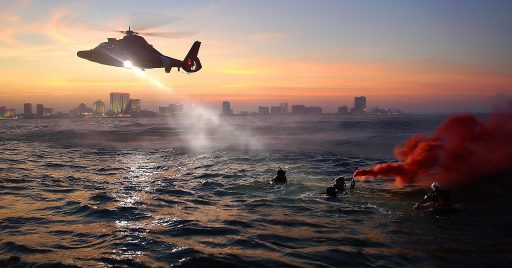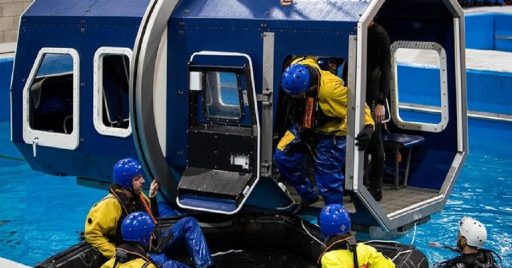AI scenarios for EER (evacuation, escape, and rescue) are algorithms that have been coded by machine learning capability based on massive data collected from industries and past emergency responses. AI analyzes all these data in a fraction of time and observes the patterns that have caused the failures. Then the way is corrected by eliminating faults and inserting better solutions with a proven record of effectiveness. The algorithm is optimized to perfection by each repetition.
AI scenarios for EER are one module of an HSE management system that runs behind CCTV cameras and is integrated with other management systems within the organization to better control over equipment and locations. The system has an extensive notification feature that allows HSE professionals to know about safety violations. In case of accidents that might require an emergency response, the system raises alarms. It notifies the HSE manager about the initiation of the EER scenario based on pre-defined permissions given by management. This process is much more effective and time-saving than old workplace safety systems that save every life on site.
This article will explore how AI scenarios can optimize EER operations to absolutely eliminate fatalities and injuries.
AI scenarios for evacuation is a chaotic event because people are faced with uncertainty that causes intense emotions. But AI scenarios for EER, being a computer system, calmly direct personnel toward the shortest way to a pre-defined muster area while avoiding congestion. The whole process is also monitored in real-time for any possible incident.
• AI scenario for escape
Suppose evacuation is not enough and the conditions dictate escape. In that case, AI scenarios for EER will direct people toward the fastest escape route to quickly get away from any hazard such as explosion and fire. It could be any vehicles, lifeboats, and helicopters that have already been called to operation by the AI system.
The emotional dynamic often pushes people to rush and forget to do the right things, such as picking their PPE and ID tags, or they might even get lost. AI as the observer behind cameras, will detect any PPE violation and notify the HSE team. Even the type of PPE can be detected, so the appropriate item with the convenient feature is used, such as a lifejacket if people are running to board a lifeboat. The number of staff can also be controlled, and missing people can be searched by face or ID tag in all locations that have cameras.
There are many considerations in this scenario in order to avoid new hazards or dangers during operation. For example, the number of people allowed on any vessel is determined by total weight, so AI having access to personnel data and ID tags can facilitate the boardings to prevent injuries or crashes during escape operation.

• AI scenario for rescue
During any accident, people might get caught up in a fire or toxic gases, or they might get trapped in confined spaces or even get immersed in water. AI scenarios for EER with massive training data that have already been received can detect human posture and behavior in such cases and notify the rescue team of the correct location. For example, a fallen person or someone calling for help is easily recognizable by the system.
They are experiencing health crises such as heart attack, which is also common in EER operations that require the medical team’s attention. People with special medical needs are also at risk of having episodes. AI can search all locations at once by ID tags, face recognition, or bodily posture and call the medical team for rescue.

Conclusion
AI scenarios for EER are innovative solutions for an old problem of emergency response. With the capabilities of data analytics, the whole process of evacuation, escape, and rescue can become optimized by determining the most appropriate evacuation routes, PPE, escape vessels, and rescue options in every possible case while the whole process is monitored in real-time. Machine learning capability makes possible recognition of faces, ID tags, and human postures in different situations so all people on site can be accounted for and directed to safety.
Intelligent HSE is customizable for every scenario in every workplace, even as complex as the oil and gas industry. The whole process can even be stimulated as many times as needed so the staff is well-trained and the actual EER operation is optimized to perfection.